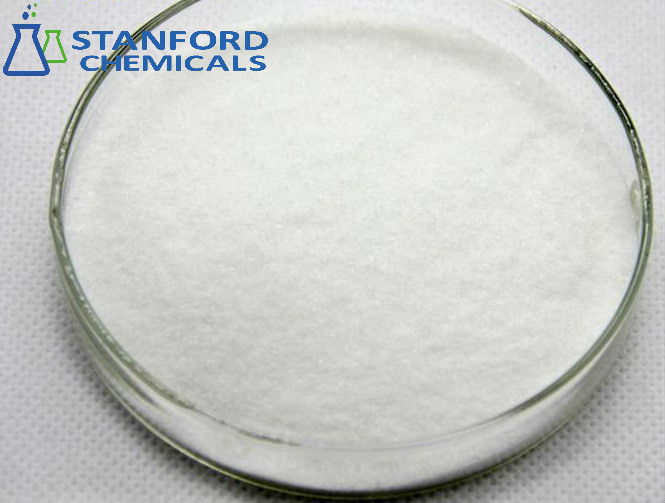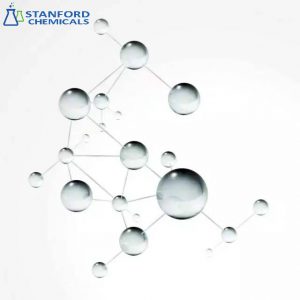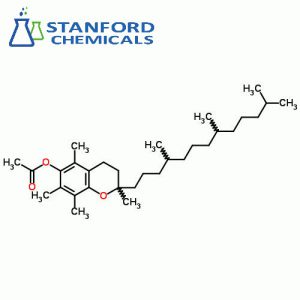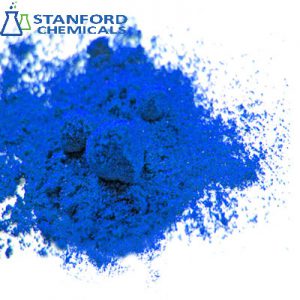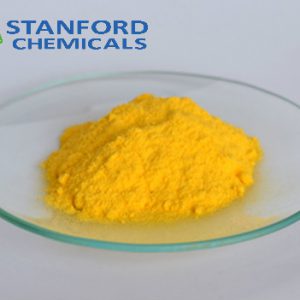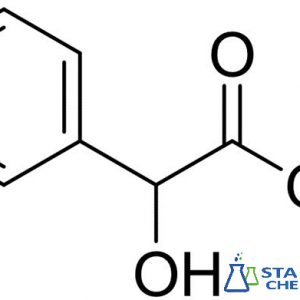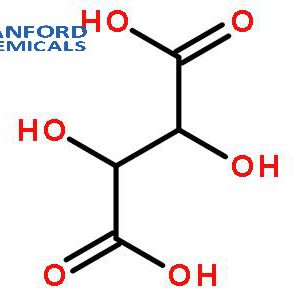- Home
- Cosmetics & Personal Care
- 070-000-273 Glycyrrhizic Acid, CAS 1405-86-3
070-000-273 Glycyrrhizic Acid, CAS 1405-86-3
| Synonyms | Glycyrrhetinic acid glycoside, Glycyrrhizinic acid, Glycyron |
| Source | Licorice root |
| Keywords | Scytitis, moisture, skin rash, cosmetic ingredient |
| Related products | Biotin, Vitamin C, Vitamin B2 |
- Description
Description
Description of Glycyrrhizic Acid
Glycyrrhizic acid is a widely used anti-inflammatory agent isolated from licorice root. Inside the body, it can be metabolized to glycyrrhetinic acid which inhibits the 11-beta-hydroxysteroid dehydrogenase and some other enzymes related to corticosteroid metabolism. Glycyrrhizic acid can prevent dermatitis, rash, etc., and can neutralize or reduce toxic substances in cosmetics.
Glycyrrhizic acid is extracted from the root of the licorice plant: Glycyrrhiza glabra. It is a triterpene glycoside with glycyrrhetinic acid that possesses a wide range of pharmacological and biological activities. When extracted from the plant, it can be obtained in the form of ammonium glycyrrhizin and mono-ammonium glycyrrhizin.
Specifications of Glycyrrhizic Acid
| Product Name | Glycyrrhizic Acid |
| CAS Registry Number | 1405-86-3 |
| Molecular Formula | C42H62O16 |
| Molecular Weight | 822.93 |
| Purity | UV≥95% |
| Loss on drying | ≤5.00% |
| Appearance | White powder |
| Shelf life | 2 years |
| Functions | Anti-inflammation |
Applications of Glycyrrhizic Acid
- Traditional Chinese Medicine Applications: Glycyrrhizic acid possesses a variety of pharmacological effects, including anti-inflammatory, antiviral, anti-allergic, and immune-regulating properties. It is commonly used to treat conditions such as hepatitis, cough, and gastric ulcers.
- Food Additive: Due to its high sweetness, glycyrrhizic acid is used as a natural sweetener and is widely applied in candies, beverages, and health foods.
- Skincare Products: With its antioxidant and anti-inflammatory properties, glycyrrhizic acid is often added to skincare products to soothe skin inflammation and brighten the complexion.
- Industrial Applications: In certain industrial applications, glycyrrhizic acid is used as a thickening agent and stabilizer.
FAQ About Glycyrrhizic Acid
What are the main health benefits of glycyrrhizic acid?
Glycyrrhizic acid offers numerous health benefits, including anti-inflammatory, antiviral, antioxidant, and immune-regulating effects. It can help relieve coughs, treat liver diseases, and improve digestive health.
Is long-term intake of glycyrrhizic acid safe?
Moderate intake of glycyrrhizic acid is generally safe. However, excessive consumption may lead to decreased potassium levels, high blood pressure, swelling, and other side effects. Therefore, it is recommended to use products containing glycyrrhizic acid under medical supervision.
What are the roles of glycyrrhizic acid in cosmetics?
In cosmetics, glycyrrhizic acid is primarily used for its anti-inflammatory and soothing properties, as well as for reducing dark spots and brightening the skin. It helps improve skin texture and reduce inflammatory reactions.
Reference:
- van Rossum, TG; Vulto, AG; Hop, WC; Schalm, SW (December 1999). “Pharmacokinetics of intravenous glycyrrhizin after single and multiple doses in patients with chronic hepatitis C infection”. Clinical Therapeutics. 21 (12): 2080–90.
- Asl, MN; Hosseinzadeh, H (1 June 2008). “Review of pharmacological effects of Glycyrrhiza sp. and its bioactive compounds”. Phytotherapy Research. 22 (6): 709–24.
Submit your review | |
1 2 3 4 5 | |
Submit Cancel | |
Excellent product for Adrenal Fatigue

